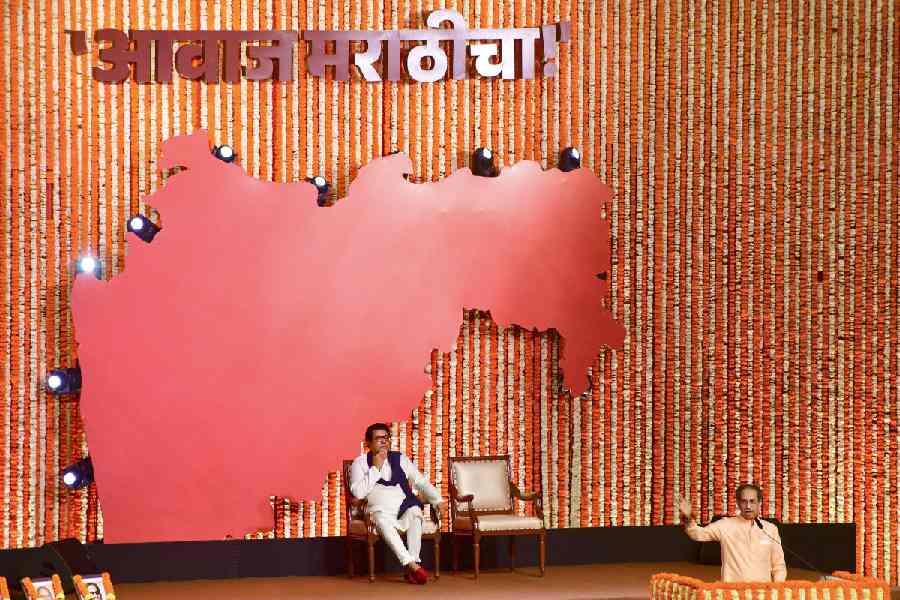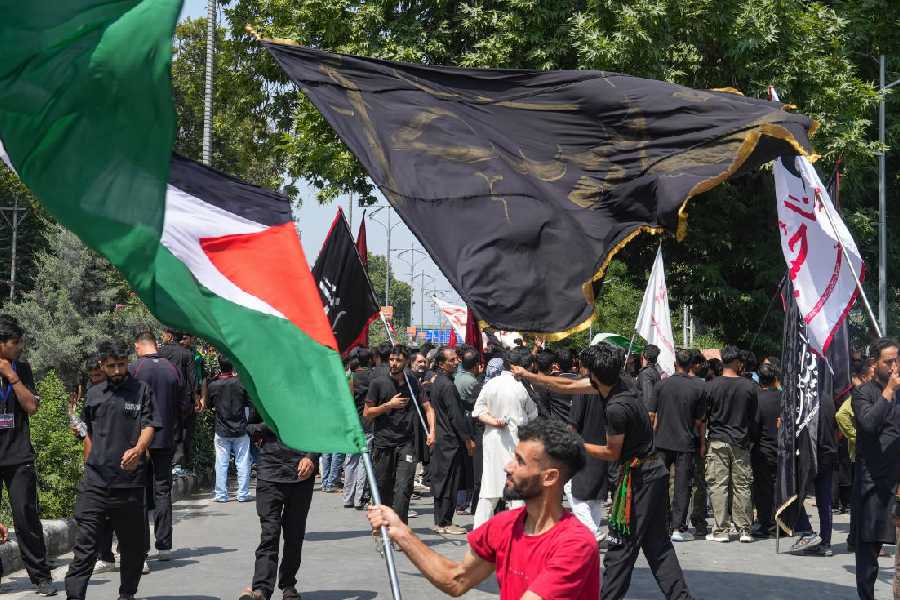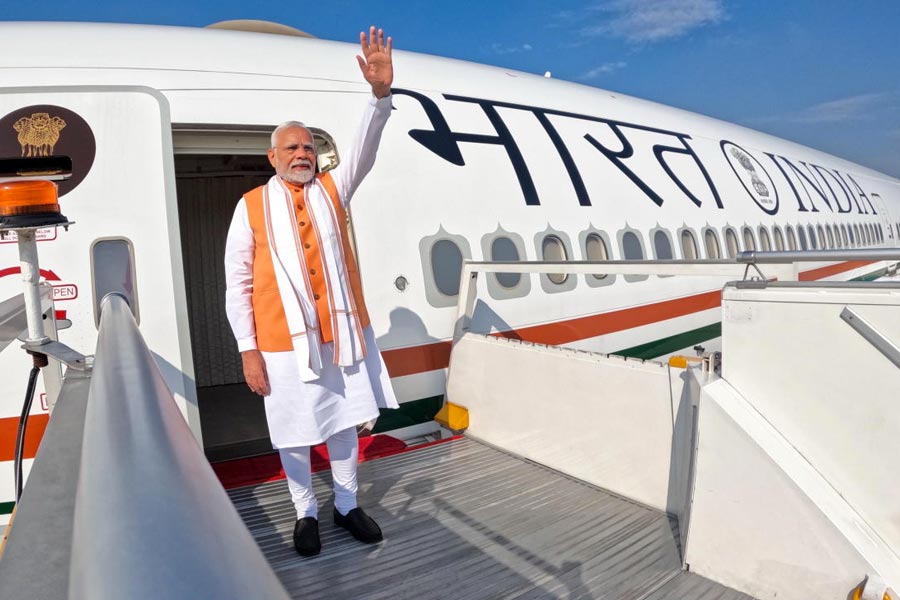 |
| A Red-veined Lancer. Telegraph picture |
Jorhat, Aug. 19: The spotting of two rare butterfly varieties inside the Gibbon wildlife sanctuary here recently has prompted butterfly expert Monsoon Jyoti Gogoi to call for a proper survey of the sanctuary for these colourful creatures.
Gogoi, who is working on butterflies of south Assam and Nagaland for his doctoral thesis in Assam University, Silchar, said the Red-veined Lancer, hitherto recorded in the British era, was found only in Dima Hasao district and Meghalaya and was a rare find in Upper Assam. “This is the first time that I have seen the Red-veined Lancer in Upper Assam. The species exists not only in Gibbon sanctuary but also in Dima Hasao district and in Meghalaya, and in other parts of the world like the Malay Peninsula unlike Brown Forest Bobs which are found only in Gibbon,” he said.
Gogoi claims to be the only one in India to have captured the Red-veined Lancers on his lens first in the Panbari area of Kaziranga in central Assam in 2010 and the next in the Gibbon wildlife sanctuary in July this year.
The wildlife sanctuary is one of the hotspots for butterflies in Upper Assam.
Assam is highly diverse for low-elevation butterflies and the common butterflies are seen in and around houses while the rarer ones are found in the woodlands and especially in the foothills. Jeypore-Dehing in Upper Assam, Panbari forest in Kaziranga and the Barail sanctuary in southern Assam are other places where rare butterflies are found.
Gogoi’s first visit to the Gibbon sanctuary was in 2008 and he found it full of Common Pierrots, Tiger Hoppers, Dark Velvet Bobs, Unbroken Sergeants and Constables.
The Dark Archduke butterflies, most of them large and attractive, are found in Gibbon wildlife sanctuary.
“If one ventures inside the forest of Gibbon sanctuary, Oakblues can be seen, but some of them are very rare. However, as the sanctuary does not have hill streams — since it is an isolated patch of forest — these varieties are absent. But nonetheless it is still rich in butterflies. The sewers inside Gibbon sanctuary are filled with White Dragontail butterflies which were also seen during the July survey,” Gogoi further said.
He however, noted that the butterflies are changing their nature because of increasing use of pesticide in the neighbouring tea gardens.
“Tiger Hopper and Dark Velvet Bob were the most common butterflies in 2008, but they are not seen like before because of increase in the use of pesticides. These butterflies are seen in the grasses. But, both during April and July surveys the numbers were fewer,” he said.
He added that this was why a proper survey should be conducted and research carried out to find whether the butterfly population is decreasing for pollution or changing climatic conditions or both.
The Bombay Natural History Society’s programme coordinator and naturalist Isaac Kehimkar who wrote The Book of Indian Butterflies, said he would use a number of photographs of butterflies taken by Gogoi in his second edition.
“He is an expert in the field and I often take his help for identification,” he said.
Kehimkar has extensively toured the Northeast especially places in Arunachal Pradesh hunting for butterflies.
“The Northeast is a hotspot and I am happy that youths like Gogoi and others have come out and are so aware of these tiny creatures,” he said over phone from Mumbai.
Gogoi first started work in Panbari forest of Kaziranga in 2007 and in 2010 he received Sanctuary Asia Young Naturalist Award for photographing over 500 species of butterflies in Upper Assam. In 2011, he stayed six months in Mishmi hills and recorded 294 species there.










